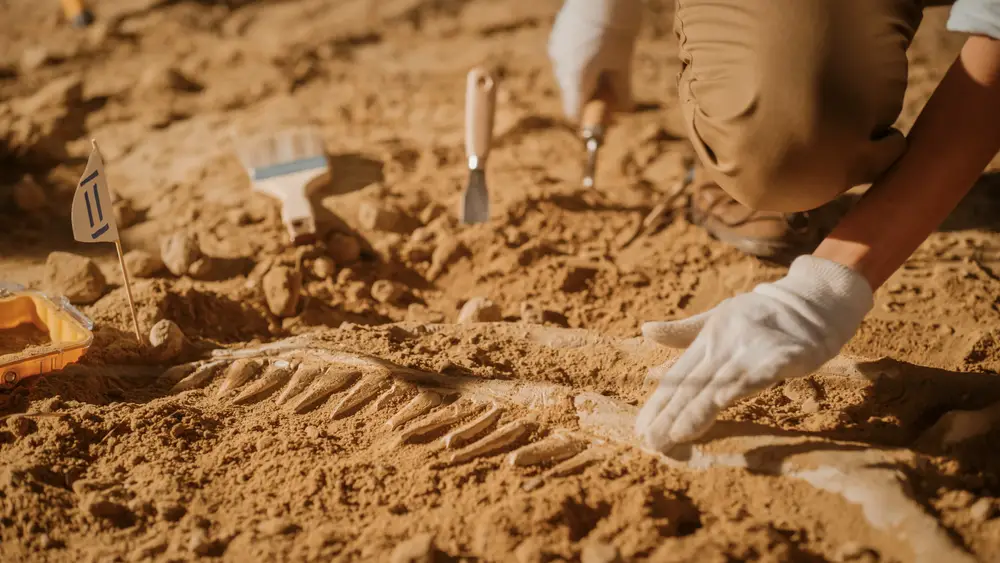In the swirling depths of our planet’s history, a menagerie of prehistoric creatures roamed the earth. Their fossils, locked away in stone, serve as ghostly reminders of eras long before human footfalls. Yet, what happens when these remnants of the past appear in places that defy geographical expectations? It’s akin to stumbling upon a couture gown in a thrift shop—unexpected, bewildering, and a tale waiting to be told. Let us embark on an exploration of ten such prehistoric anomalies that challenge our understanding of ancient worlds.
1. Polar Dinosaurs in Australia
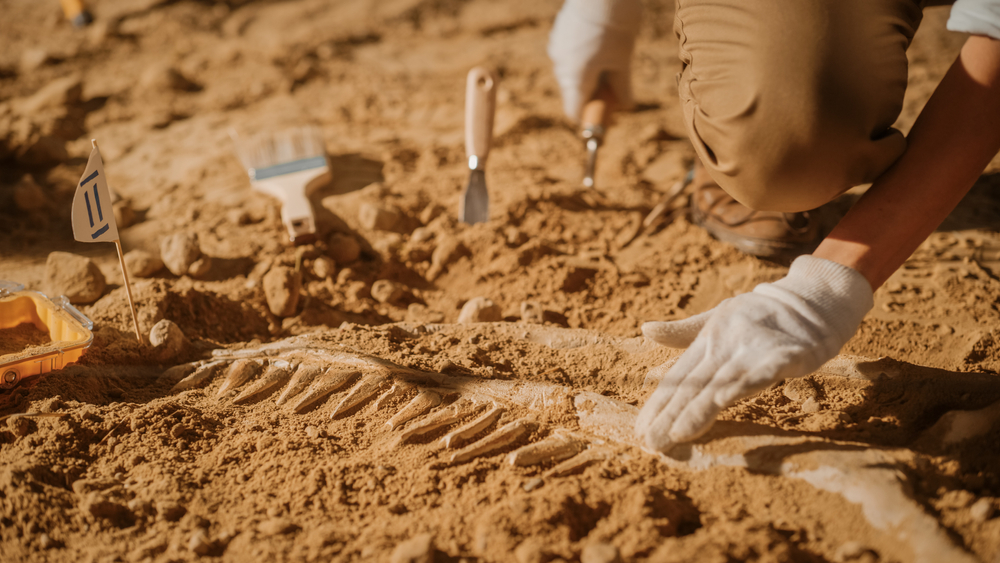
Polar dinosaurs adapted to frigid, dark winters were discovered in southeastern Australia, offering insight into their ability to thrive in extreme environments. Fossils from the Early Cretaceous period, including herbivorous ornithopods and carnivorous theropods, suggest these dinosaurs lived over 110 million years ago when Australia was connected to Antarctica. According to BBC Newsround, the footprints found in the Wonthaggi Formation indicate that dinosaurs nested and raised their young in polar conditions, enduring months of cold and darkness.
Additionally, fossilized feathers from polar dinosaurs were unearthed at Koonwarra, revealing that some species had insulating proto-feathers to survive harsh climates. These findings highlight the adaptability of dinosaurs to diverse habitats. These feathers belonged to both meat-eating dinosaurs and primitive birds, showcasing the evolutionary strategies employed by polar fauna.
2. Marine Reptiles in the Andes

High atop the rugged Andes Mountains, a truly astonishing discovery was made: the fossilized remains of marine reptiles. This is a stark contrast to the ancient seas these creatures once ruled, as these fossils are now found more than 14,000 feet above sea level. The discovery includes ichthyosaurs, which resembled modern dolphins, indicating a remarkable shift in the earth’s tectonic plates.
According to Hakai Magazine, this finding demonstrates the dynamic nature of our planet’s surface. It’s a compelling narrative of geological transformation where oceans once washed over what are now towering peaks. Such discoveries highlight the interconnectedness of past and present landscapes. They provide a window into the grand, slow-motion ballet of plate tectonics and evolution.
3. Tropical Crocodiles in the Arctic
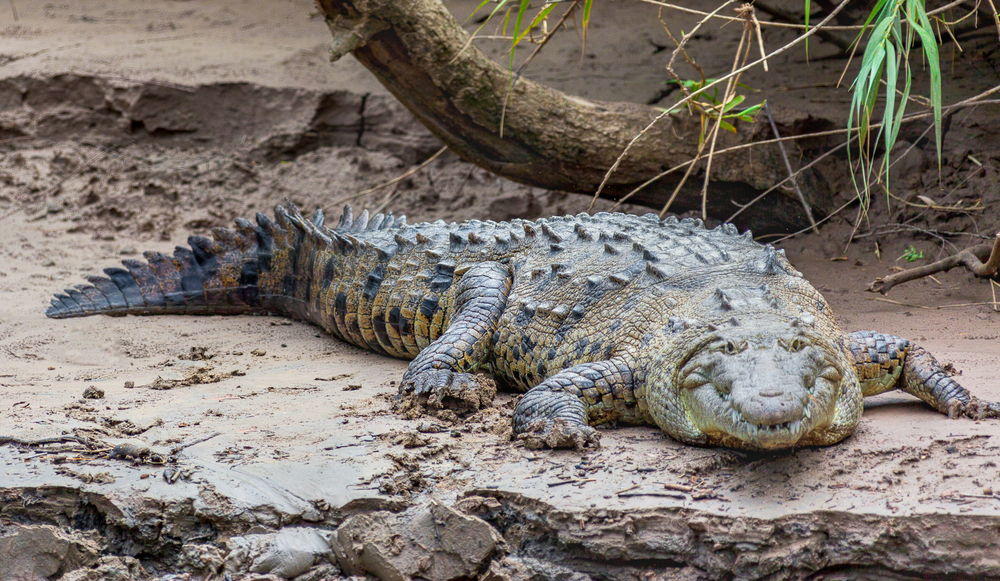
Imagine finding the remnants of crocodiles, not in the swamps of the tropics, but within the Arctic Circle. This mind-bending discovery was made on Canada’s Ellesmere Island, where fossilized bones of prehistoric crocodiles were unearthed. These ancient reptiles lived over 90 million years ago in what was then a warm, lush environment.
Researchers point to this as evidence of a greenhouse climate phase when the poles were much warmer. The findings suggest a world where crocodiles basked under the midnight sun. It paints a vivid picture of climate fluidity over geological epochs. The presence of such creatures in the Arctic is both a tantalizing mystery and a cautionary tale of climate change. According to ScienceDaily, volcanic activity during this period released high levels of carbon dioxide into the atmosphere, contributing to the warmer climate.
4. Saber-Toothed Cats in South America

The iconic saber-toothed cat, traditionally associated with North America, also once prowled the grasslands of South America. Fossil evidence has been unearthed in Argentina, revealing that these formidable predators migrated across continents. These findings suggest a fascinating crossover during the Great American Biotic Interchange.
This migration was facilitated by the formation of the Isthmus of Panama, which connected the two Americas. Saber-toothed cats, with their impressive canines, were apex predators in this new territory. They played a crucial role in shaping the ecosystem, filling ecological niches that impacted prey populations. Understanding this migration provides insight into ancient environmental connections that shaped biodiversity. According to ScienceDaily, saber-toothed cats adapted to open plains in South America during the Ice Age, hunting large steppe-dwelling prey such as camel-like ungulates and giant sloths.
5. Giant Mammals in Madagascar
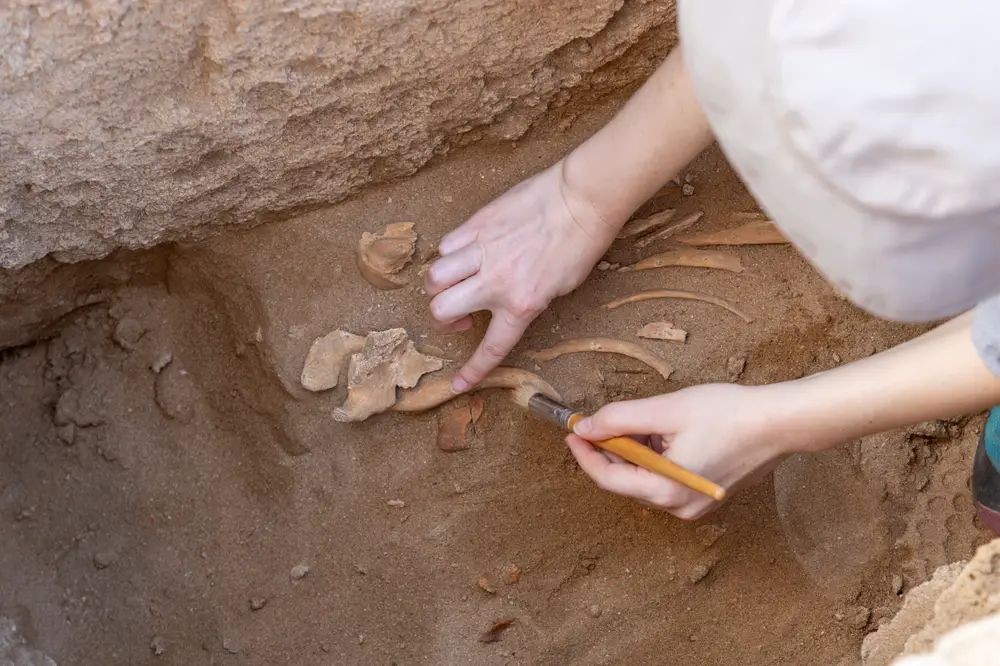
In the remote landscapes of Madagascar, fossils of giant mammals have surfaced, offering a glimpse into an extraordinary past. These creatures, akin to elephant birds, belonged to an unexpected ecosystem that once thrived on this island. Such discoveries challenge assumptions about the isolation of Madagascar and its historical biodiversity.
The presence of these colossal mammals suggests that Madagascar was once connected to a larger landmass. This connection allowed for the migration of large species before the island became isolated. Over time, these mammals adapted uniquely to the island’s changing environments. Their fossils shed light on the evolutionary history that has shaped modern fauna.
6. Ancient Whales in the Sahara

In the desolate Sahara Desert, remnants of ancient whales have been unearthed, painting a picture of a once-oceanic expanse. These fossils date back to a time when this arid landscape was submerged under the Tethys Sea. The remains of early whales, or archaeocetes, suggest a fascinating evolutionary journey from land to sea.
Such discoveries in the Sahara highlight the dramatic shifts in Earth’s environments over millions of years. They underscore the adaptability of species in response to changing habitats. The transformation of this region from ocean to desert is a testament to the powerful forces of nature. It serves as a reminder of the ever-changing tapestry of Earth’s geological history.
7. Flightless Birds in Antarctica
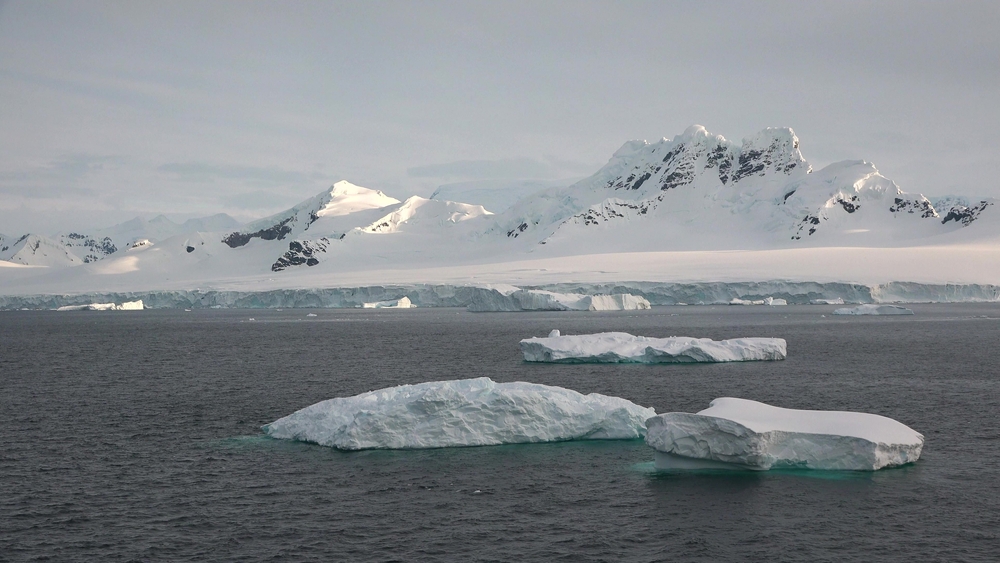
Antarctica, a land now dominated by ice, was once home to a variety of flightless birds. These relatives of modern-day emus and ostriches lived in a prehistoric world that was lush and green. Fossil evidence from this polar continent indicates that it supported a diverse range of species.
The discovery of these fossils suggests that Antarctica once enjoyed a milder climate. These birds adapted to a life without flight, thriving in a dynamic ecosystem. Their presence is a testament to the adaptability and resilience of life in extreme environments. It forces us to reconsider the historical narrative of this frozen land.
8. Pterosaurs in Mongolia
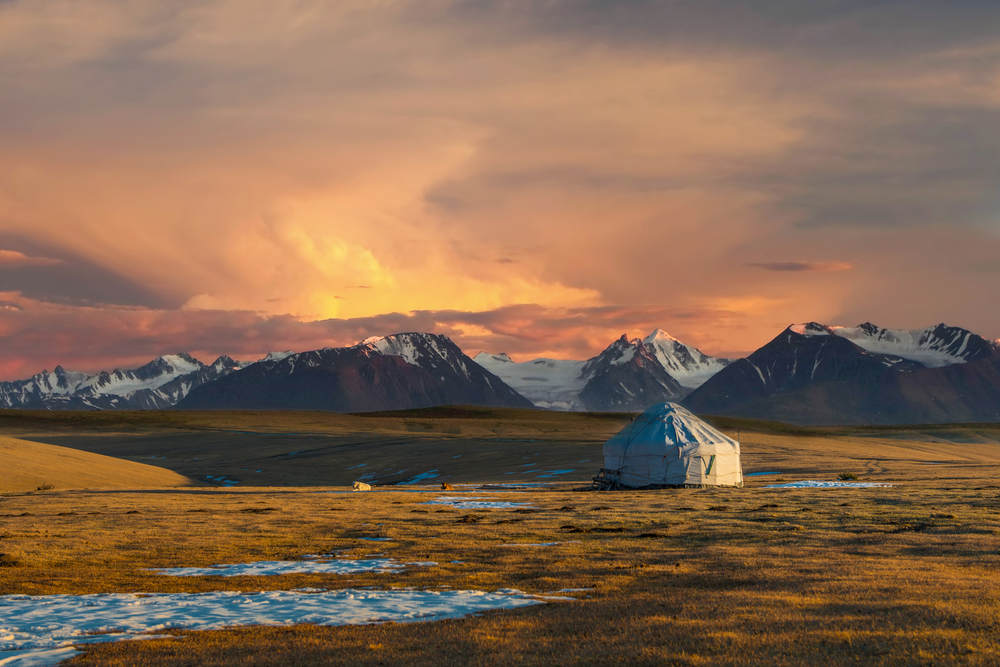
The arid expanses of Mongolia have produced a remarkable array of pterosaur fossils. These flying reptiles, which ruled the skies in the Mesozoic Era, have been found in regions far removed from their traditional coastal habitats. These discoveries suggest that pterosaurs were highly adaptable creatures capable of colonizing diverse terrains.
The presence of these fossils in Mongolia underscores the wide range of environments these reptiles occupied. Pterosaur diversity in this region highlights evolutionary adaptability in response to different ecological challenges. Their ability to thrive in various habitats opens new insights into their behavior and lifestyle. It brings depth to our understanding of prehistoric life beyond typical stereotypes.
9. Prehistoric Elephants in the Philippines
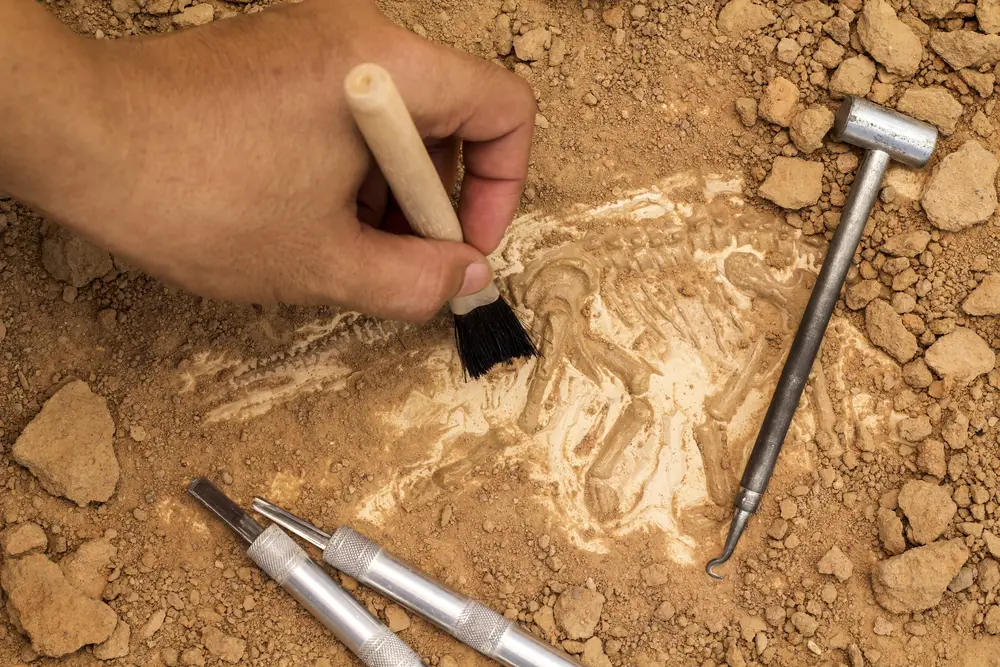
Fossilized remains of prehistoric elephants have been discovered in the Philippines, a region not typically associated with such massive mammals. These findings suggest that ancient elephants once roamed the islands, possibly during periods of lower sea levels. The evidence points to a complex history of migration and adaptation.
The presence of these creatures in the Philippines offers insight into the island’s prehistoric ecosystems. It suggests a landscape capable of supporting large herbivores and their substantial dietary needs. This discovery adds a new dimension to the understanding of prehistoric migration patterns in Southeast Asia. It highlights the interconnectedness of early animal movements and environmental changes.
10. Early Primates in the Arctic
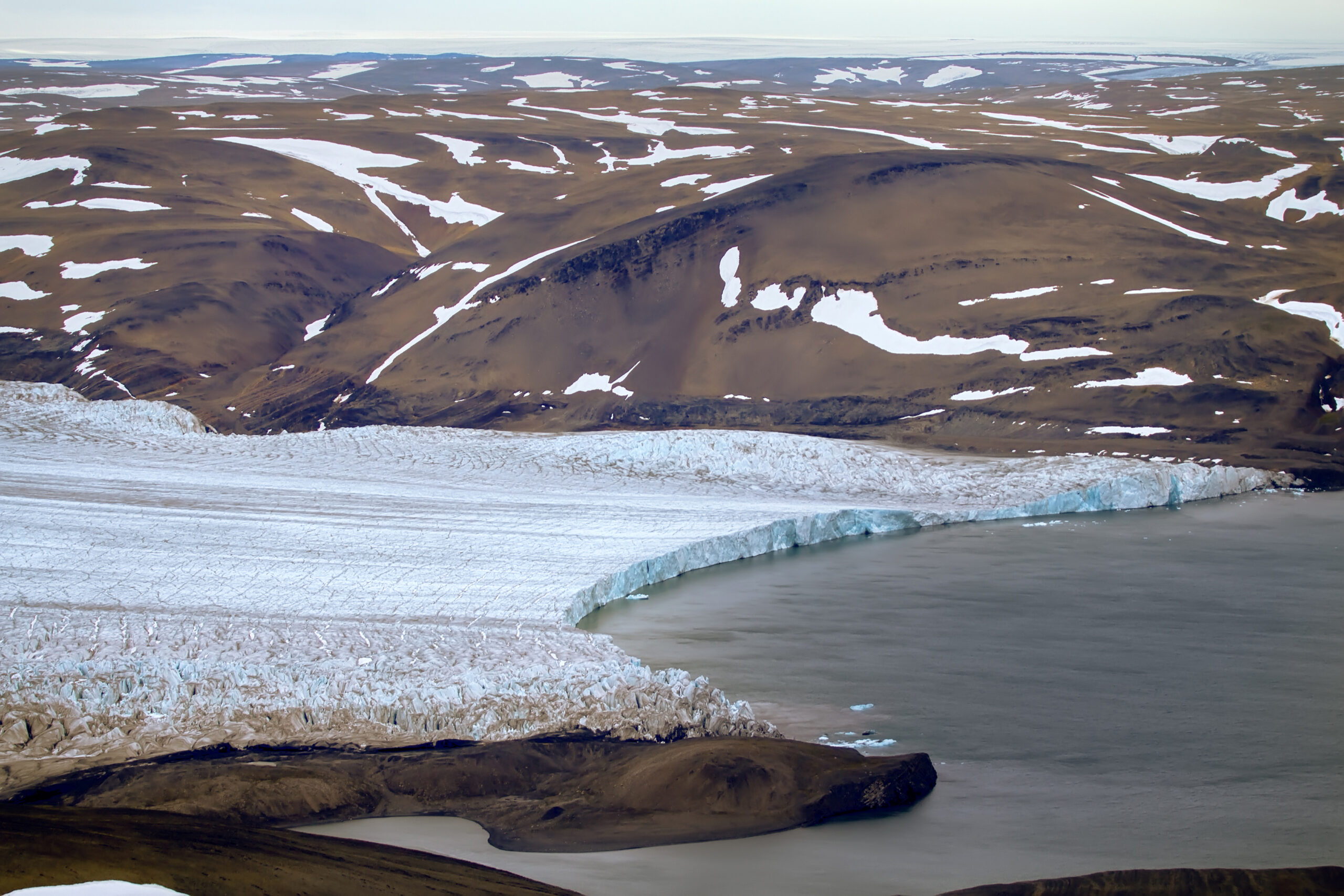
In a surprising twist, early primate fossils have been found in the Arctic, challenging preconceived notions of their historical habitats. These primates lived during a time when the Arctic region was warmer and more temperate than today. Their presence suggests a world that was vastly different from the icy landscapes we associate with the North Pole.
These discoveries reveal that early primates were more adaptable than previously thought. They likely thrived in lush forests that once covered the Arctic, supporting diverse wildlife. This finding challenges existing theories on primate evolution and migration. It paints a complex picture of life in prehistoric polar regions, prompting a reevaluation of evolutionary pathways.

